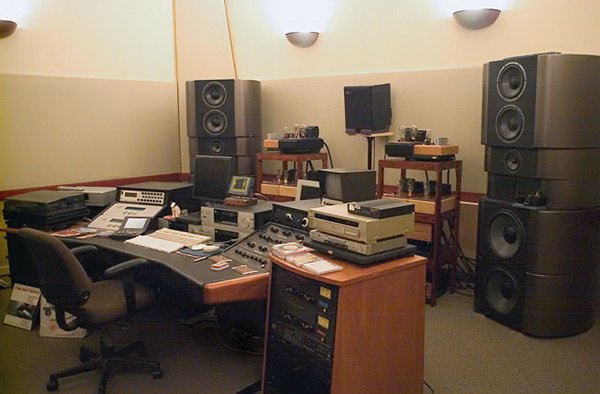Anyone who thinks active speakers must be expensive, doesn't have enough experience with them. If the OP has an open mind and is willing to listen to a digital active setup, then I would recommend listening to a Linkwitz LX. I heard them at RMAF. They used emotiva for amps and a $499 minidsp MCH DAC. The total cost for the whole system, even when professionally assembled, is under $10,000. It was one the best systems I heard at RMAF at any price.
I use a partial digital active system. When it comes to integrating subwoofers, it's the best method, by far.
For full range loudspeakers, I'm not yet convinced that either active or passive is inherently better. There are more important aspects to loudspeaker design.

















